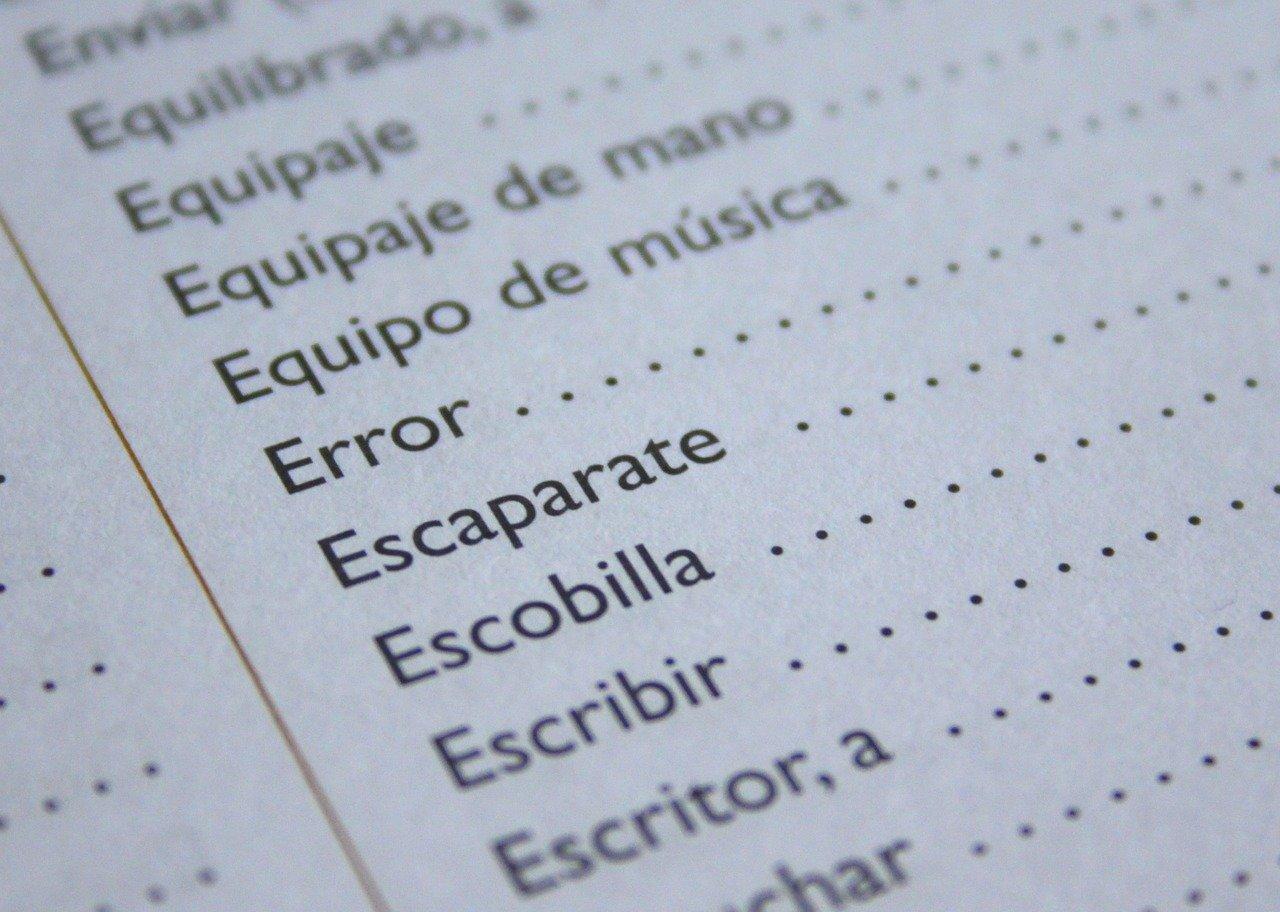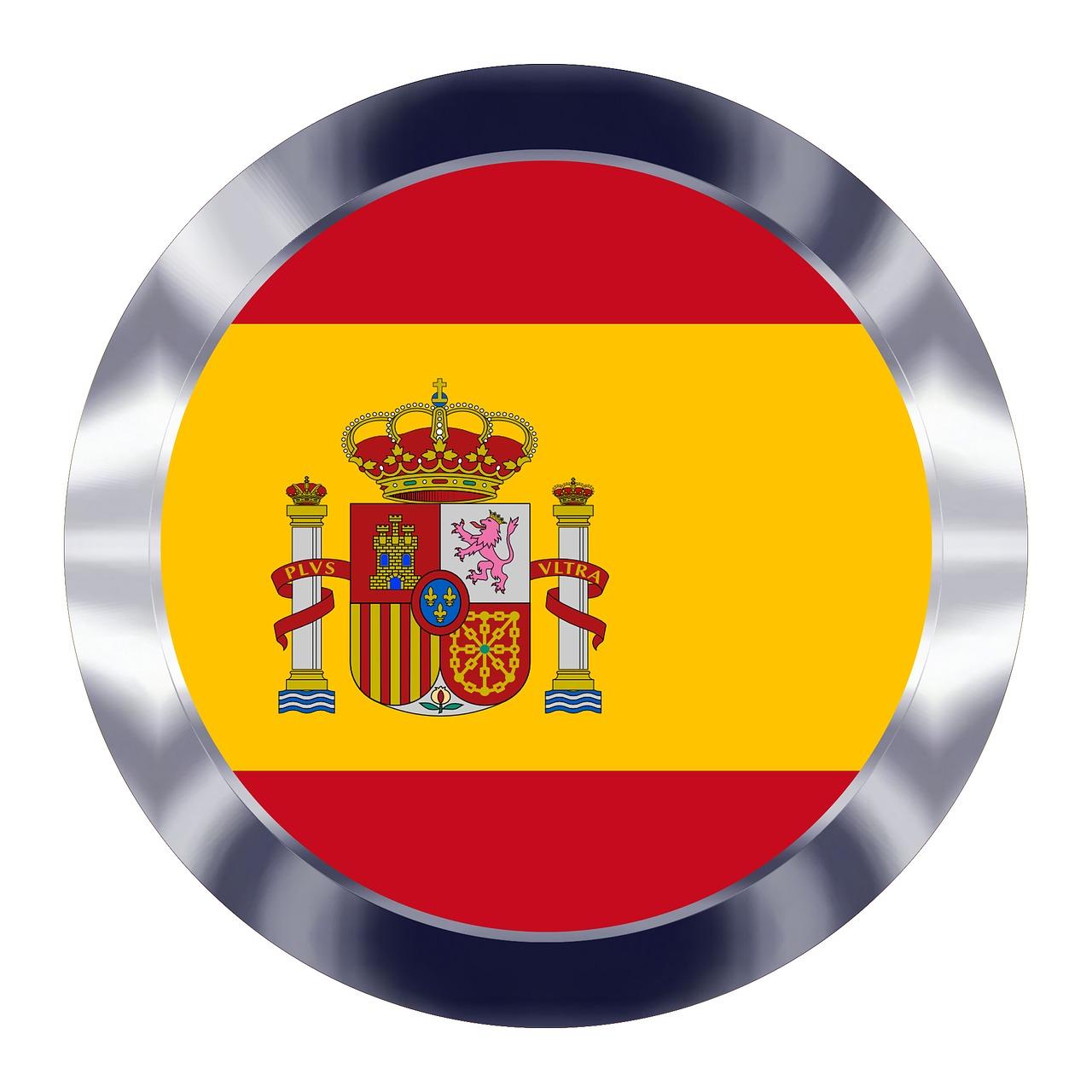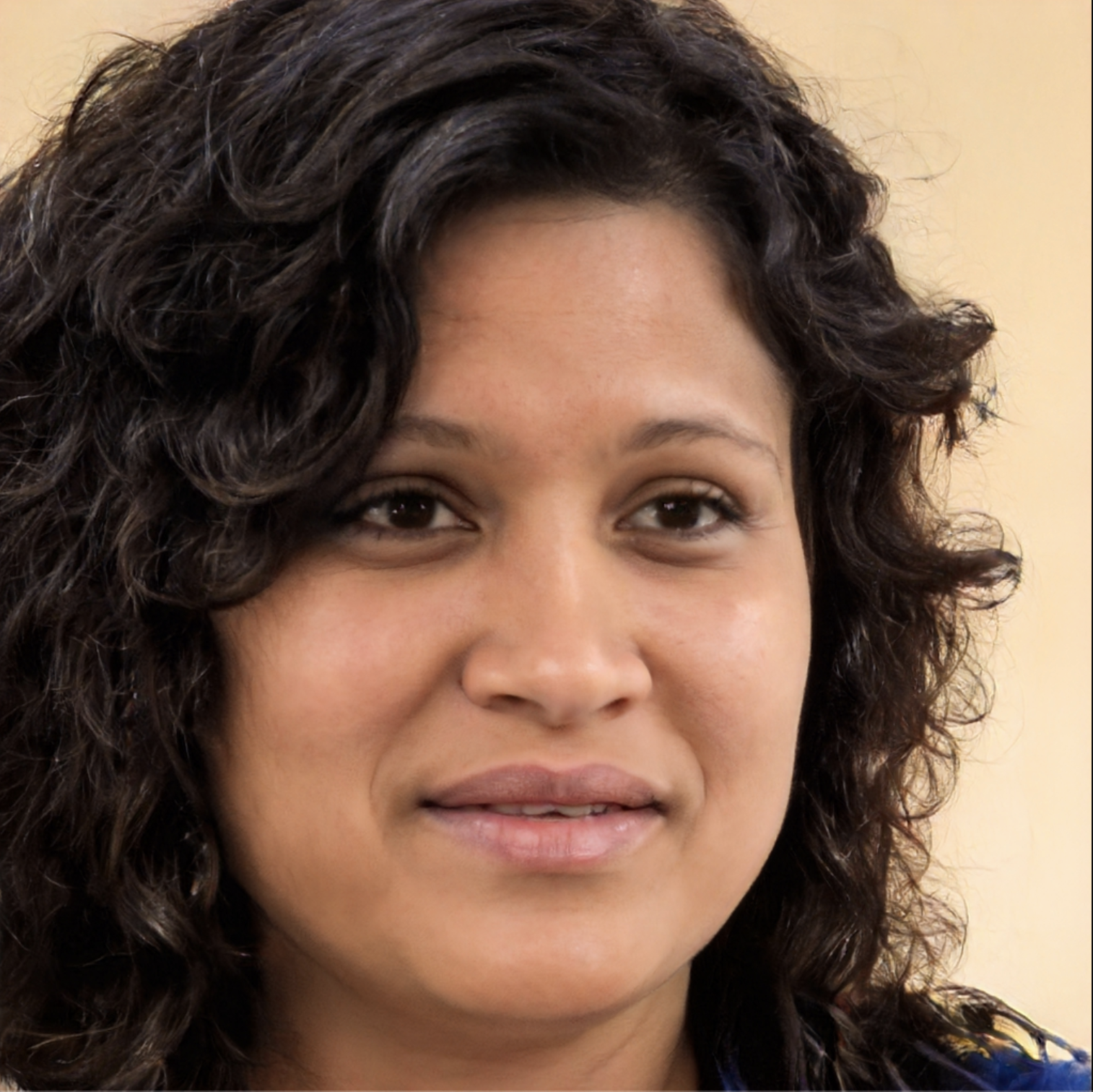If you can speak Spanish and English, you can communicate with 80% of the planet - Anonymous
Learning a new language can open up many doors for a person. When you learn Spanish or any other world language like English or French, it takes you a little closer to the culture of that region. That way, you are inching closer to becoming a world citizen. A language course in Spanish lessons can be a great opportunity to make the next career move or settle in a country that speaks the language. And over time, you can become an expert at it. As you master each level of the Spanish language, you will find that the words and vocabulary differ quite a lot across regions. And so does the Spanish accent. Learners can get customized courses and an expert Spanish teacher to learn this popular language. You can sign up for intermediate or beginners courses. A platform like Superprof can really help you get started with this. And when you sign up for Spanish classes, you will learn a great deal about the dialects, words, accents, and grammar, as are discussed in this article.

How to Master Spanish Accents?

Did you know? Spanish is the official language in 21 different countries, of which 19 are in the Americas alone! This makes Spanish one of the most widely spoken languages in the world. When it comes to how to master Spanish accents, you have to start with understanding the huge diversity that this language can offer in terms of learning. And not just the number of countries. The Spanish language also has multiple dialects and accents, which you will learn as part of your course. Spanish language courses explain in detail about the linguistic differences that greatly vary from country to country where the language is spoken.
Basics of Spanish Lessons - Language, Dialect and Accent
To understand an extensive language like Spanish, you first need to understand the difference between language, dialect and accent -
- The official spoken and written language of a country is the language.
- A subset of this language is a dialect which varies in terms of vocabulary and grammar.
- Accent is derived from a dialect and depends on a particular group of people in a region and how they pronounce the different words. For example, while English is a language, American English is a dialect. Further, the accent of an American residing in New York will differ from that of someone staying in California.
Three Spanish Language Groups
In Spain, you will find three distinct language groups, namely -
- Catalan.
- Basque.
- Galician.
There are quite a few differences between Catalan and Spanish. The most significant is that the former is derived from French and Italian, and has more resemblance to these two languages. Students can learn from a good Spanish teacher at all levels of expertise.
Learn Spanish Dialects for Different Regions

It is hard to say exactly how many dialects there are in the Spanish language. Your Spanish language classes will definitely teach you a few. You can even learn some of them for free online. But broadly, there are two main Spanish dialects.
Spanish Dialects in Spain
To the south of Spain, you will predominantly find the Andalusian dialect, which is again divided into the main dialect and the eastern dialect. In other regions, the following dialects are popular -
- Castillian
- Canarian
- Extremenian
- Llanito
- Madrileno
- Manchego
- Murcian
Spanish Dialects in Latin America
You will find 12 main Spanish dialects in the Latin American region. These are,
- Amazonian - Spoken in Amazonic regions of Peru, Colombia, Bolivia, Venezuela, and Brazil.
- Andean - Spoken in the mountainous regions of Ecuador, Bolivia, Peru, North of Argentina and Chile, and Southeast of de Colombia.
- Caribbean Spanish - Spoken in Cuba, Dominican Republic, Panama, Antillas, Puerto Rico, Venezueal, and Colombian Caribbean.
- Central American - Spoken in El Salvador, Honduras, Costa Rica, Nicaragua, and Southwest of Mexico.
- Central Colombian - Spoken in the inland regions of Colombia.
- Chilean - Spoken in Chile and parts of Argentina.
- Ecuatorial - Spoken in the coast of Ecuador and the Pacific Coast of Colombia.
- Llanero - Spoken in the Llanos regions of Venezuela and Colombia.
- Mexican - Spoken in Mexico, parts of Central America and Southern USA.
- Paraguayan - Spoken in Paraguay.
- Ribereno - Spoken in the coastal areas of Peru.
- Rioplatenese - Spoken in Uruguay, Argentina, and the bordering regions of Paraguay.
Are Hispanic and Spanish the same thing?
What is the Spanish Accent?

A different language is a different vision of life - Federico Fellini
To learn Spanish, you also need to delve into the different cultures and history of the language. You have to keenly study why there are so many different versions of the same language.
A Historical Perspective
With the arrival of the colonials in Latin America, their language also landed there. And this was still developing the Spanish-speaking region of Spain. The colonials used the term "colonial lag" to describe the difference between the colonized countries and Spain. This is the root cause behind the Spanish language having so much variation in words, grammar, vocabulary, dialects, and accents. While some old elements of the language have been preserved, but many have either evolved or have been lost completely.
Unfolding the Spanish Accent
When you study in Spanish classes near me, you will begin to learn about the basic differences between the dialects and accents of the Spanish language.
Difference in the Use of vos
Argentina, Paraguay and Uruguay use the term vos in the second person, while other Spanish-speaking countries use the word tu. These three countries also refrain from using vosotros, which is the plural form of vos. Instead, they use a more polite form of the word ustedes.
Difference in the Pronunciation
Spanish spoken in Spain is very different from Spanish spoken in other countries like Latin America. Even the Spanish spoken in different parts of Latin America differ quite a bit in pronunciation. For example. the Argentinian ll is pronounced as sh in the country, while it is pronounced as y in every other Spanish-speaing country. So, if you wanted to have poyo or chicken in Argentina, you would have to ask for posho!
Difference in the Vocabulary
There are many words in the Spanish vocabulary which are different in Spain and in other Spanish-speaking countries. For example, a pen is referred to as boligrafo in Spain, lapicera in Argentina, and lapiz in Chile.
Find Spanish Classes Near Me to Perfect the Accent

When you learn Spanish, you also need to learn about the different accents, since the latter is a very critical component of learning Spanish. As has been established, the language differs a great deal from region to region. So, just learning the basics of the Spanish language is not enough to communicate effectively. You also need to work on perfecting your Spanish accent.
There is no one perfect Spanish accent. So, you need to be flexible while learning the language. Spanish language classes can help you do this with the help of a few effective methods -
- Master the Spanish vowel sounds: Unlike the English language, where A,E,I,O,U may be pronounced very differently, the Spanish language pronounces its vowels in the same way across regions. So, A is ah, E is eh, I is ee, O is oh, and U is oo. There is no variation in this.
- Learn to stress the proper syllable: Spanish lessons teach you to stress the right syllable. There are strict rules while learning the language on how to vocally stress the correct syllable in a word. For words that end in a vowel, like apple or manzana in Spanish, you need to stress the next-to-last syllable. For words that end in a consonant, like doctor, you have to stress the last syllable.
- Pronounce the consonants correctly: The general tendency more most learns when the learn Spanish is to pronounce the words with an English accent in their heads. A better way to study the Spanish language is to first perfect the pronunciation of consonants and practice them vocally, before putting them into words.















